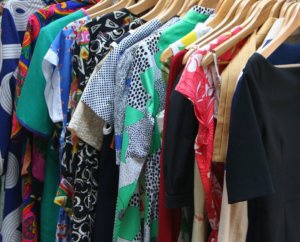 In a previous blog post, I wrote openly about my complicated relationship with my body, without any accessories or clothes In this piece, I explore the journey I have had with clothes and how I choose to cover myself…
In a previous blog post, I wrote openly about my complicated relationship with my body, without any accessories or clothes In this piece, I explore the journey I have had with clothes and how I choose to cover myself…
Hashem gave me a vessel to house my soul. It is supposed to be mine, to love, to dress, take care of, and be an instrument for good. But my body and wardrobe haven’t always been “mine,” because in each chapter of my life I was dressing for someone else.
I think back to when I was a little girl at my cousin’s wedding, when I was a blushing and adorable flower girl. I walked down the aisle hearing “aww”s and “how cute”s, and all I wanted to do was take it off the hot and itchy dress; which of course, my mother did not allow. I was too young to even pick the dress to begin with. There is the heartwarming picture of my brother and me which hangs on my Savta’s wall. It brings back feelings that I had for years; I was forced to wear “beautiful outfits” that I didn’t want to be wearing. The message I learned that came through loud and clear as a little girl was “it doesn’t matter what I like or don’t like, I have to wear what I’m told or what is expected.”
Then my schooling years came along. School was basically a big sign blinking in my face: THIS IS WHAT YOU SHOULD BE WEARING. THIS IS WHAT THE COOL KIDS WEAR. Year after year, I would ogle over the newest fashion rage with its name brand label, and beg my parents to buy me one. And year after year, my mom would find the Costco version. My wardrobe was a combination of knock-offs, and matching outfits my mom and Savta bought me from Shuk HaCarmel the summer before. I would get creative and hand-make an “Ugg” tag to glue to my Costco boots, and little logos where the Abercrombie moose would be.
When I got on the emotional and annoying rollercoaster of puberty, I learned that my body was supposed to be on display to prove my attractiveness. There were certain types of clothes, including undergarments, that cool teenage girls wore. And certain types of looks they donned. So I would save up my money from tutoring Hebrew and run to Victoria’s Secret to buy the most colorful push up bras. I would sneak a black eyeliner pencil in my backpack and line my eyelids first thing before homeroom because that’s what popular girls did.
This effort to fit in didn’t work for me, so I was off to a new phase by age 16. This phase, on the surface, was me reclaiming my body and how I covered — or uncovered — it. But it was really just as reactionary. I dressed myself to be “the artsy girl”, the different “hipster vegetarian.” I proudly wore flowy tie-dyed pants, large dangly earrings, and even dyed my hair purple. My confidence built as my appearance turned heads. I thought I was all my own. But, looking back, I recognize that the motivation to dress that way, which at the time I defined as my “sense of self”, was fueled by people’s reactions.
That phase lasted all through college. And, going to a small liberal arts school, it was easy to lean into this image. But once I entered my twenties, it got tiring, and I was gaining a new interest in deepening my Jewish practice.
I moved to Lod, Israel a year after college. In Lod, most Jews are observant. I saw what a typical observant Jewish woman looked like. I knew I wanted to dress in a way that reflected my connection to Judaism, and my appreciation for the vessel that G-d had given me. Without looking into what is written about laws or discussions of modesty, I took on an interpretation of tzniyut based on observation of others. I reveled in fitting in on the street, and yet sticking out among my social circle.
Not only was this new approach and wardrobe choice uninformed, but it also wasn’t tzniyut at its core. Because each morning, I took notice of other people. It was just like elementary school, high school, and college. Once again I was dressing for others, not myself.
Being connected to Judaism has taught me that tzniyut is a state of mind. It forces me to have an authentic and meaningful relationship to what I drape my body in. And while it is a signal to those around me about my beliefs and personal interests, that’s not what my clothing is about at its core.
It’s over three years into my personal Jewish journey, and I have learned that taking on mitzvot is complicated. It doesn’t just amount to wearing a long sleeve shirt under my clothes and turning off my phone on Shabbat. What I choose to wear needs to be for me, for Hashem, and the list ends there. For the first time in my life, I’m putting my time into being tzanuah. Of course that includes my clothing, but mostly it encompasses my state of mind and my relationship to the Divine.
I don’t regret my past clothing choices. I have compassion for my younger self who felt that my clothes needed to be for others, and I have compassion when I see other girls do the same. Those phases helped build who I am today. And, now that I’ve had the experience of that peer pressure, I am better suited to help my future daughters build confidence through their wardrobe, and help my sons build respect for women regardless of what they wear. Every morning, I wake up feeling thankful to Hashem, and ready to take on the day with clothing all mine.



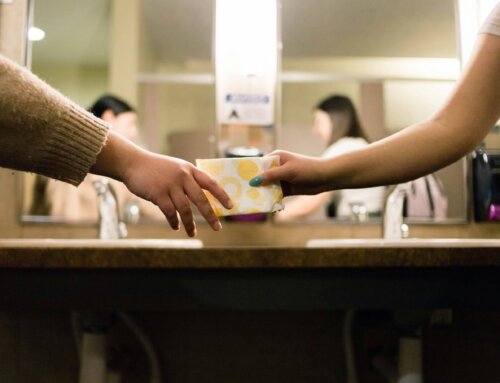
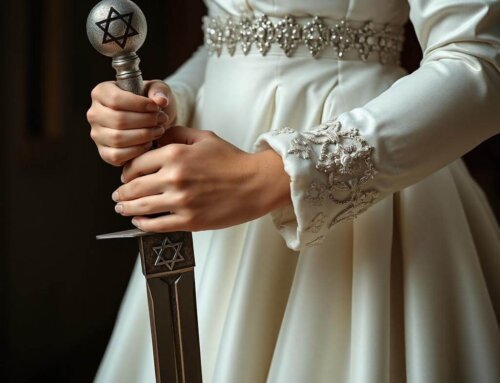
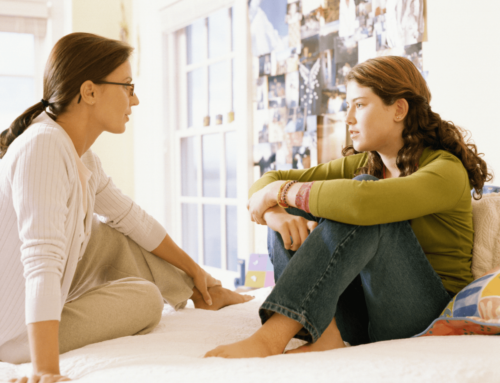
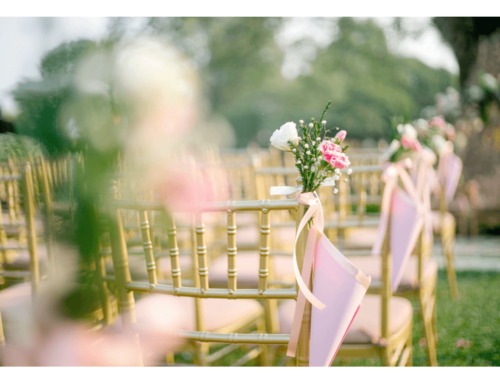
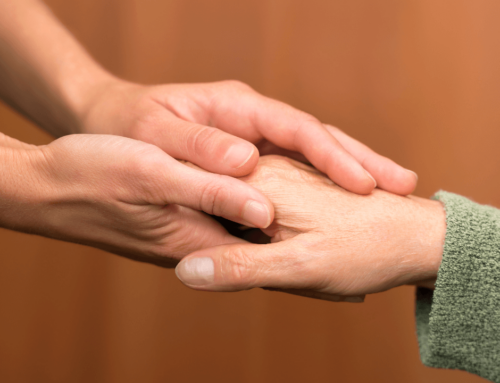
Leave A Comment